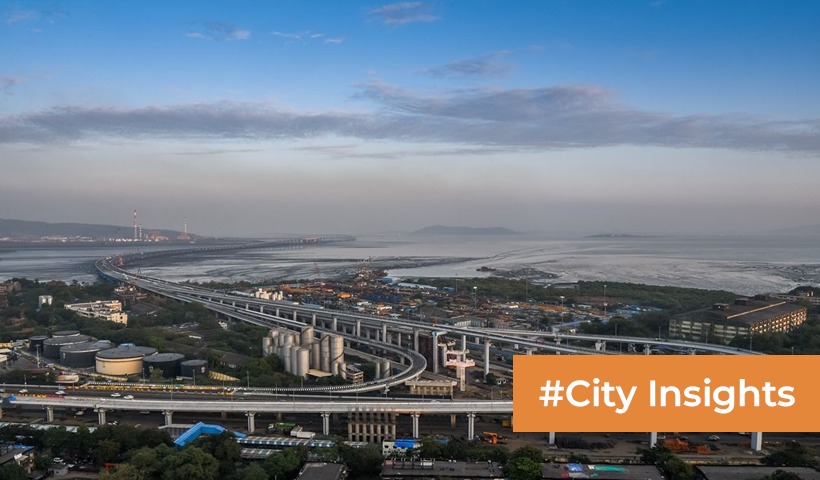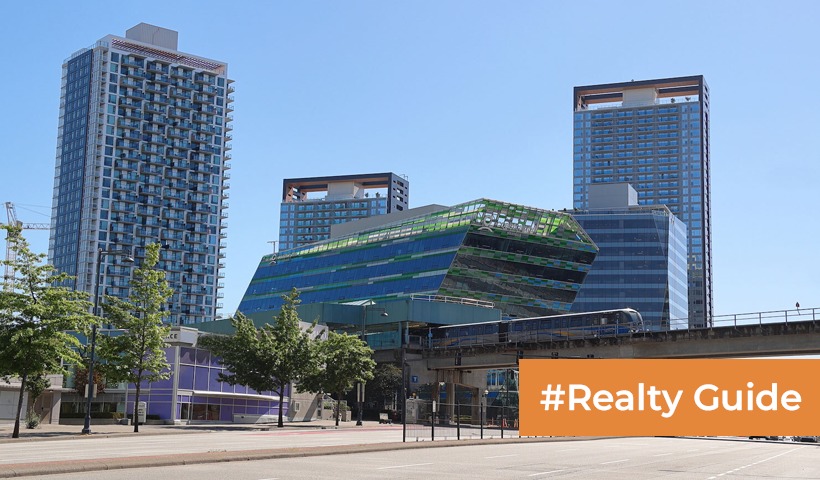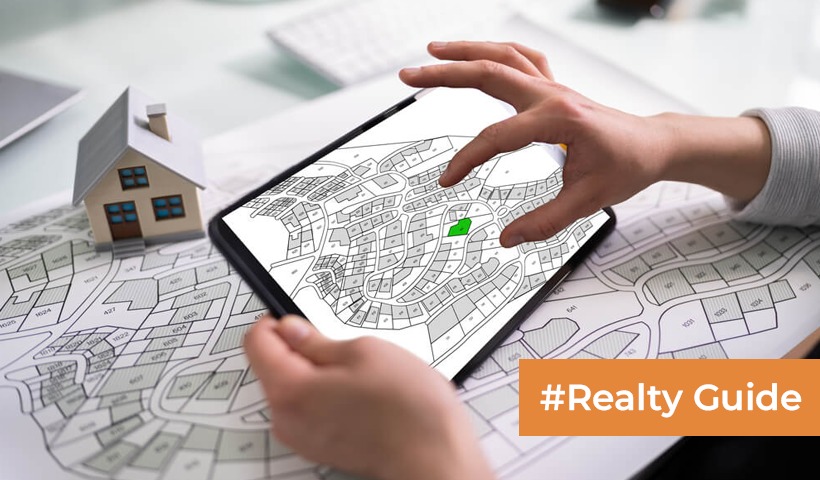Understanding the Rise of High-Rise Buildings!
India’s skyline is undergoing a dramatic transformation, with high-rise buildings becoming a prominent feature in its urban landscapes. These towering structures have become symbols of progress, offering solutions to the challenges of limited space and a growing population. In this comprehensive blog, we will explore everything you need to know about high-rise buildings in India, from their rise in popularity to their impact on urban living and architecture.
1. The High-rise Revolution in India
The concept of high-rise buildings in India is not new, with some cities like Mumbai and Delhi having witnessed the construction of tall buildings as early as the 1960s and 1970s. However, the high-rise revolution gained momentum in the 21st century, driven by factors such as rapid urbanization, population growth, and the need for efficient land use.
2. Engineering Feats
The construction of high-rise buildings in India requires cutting-edge engineering and architectural expertise. Engineers and architects work together to design structures that can withstand seismic activity, as India is prone to earthquakes. Advanced materials like reinforced concrete and innovative construction techniques are employed to ensure the safety and stability of these towering structures.
3. Residential and Commercial Spaces
High-rise buildings in India serve a variety of purposes. They provide residential spaces in the form of apartment complexes and luxury condominiums. Additionally, these buildings house commercial spaces, offices, hotels, and shopping centers, creating integrated communities within a single structure.
4. Sustainable Design
Sustainability is a key consideration in the construction of high-rise buildings in India. Many developers are incorporating green building practices, energy-efficient systems, and renewable energy sources to reduce environmental impact and energy consumption. LEED and GRIHA certifications are pursued to validate these eco-friendly efforts.
5. Iconic Landmarks
Several high-rise buildings in India have achieved iconic status due to their distinctive designs and architectural excellence. Examples include the Palais Royale in Mumbai, the Lodha World Towers, and the One Avighna Park in Mumbai. These landmarks contribute to the visual identity of their respective cities.
6. Urban Planning and Infrastructure
High-rise buildings are reshaping urban planning in Indian cities. They enable cities to accommodate a growing population without expanding outward, reducing commuting times and the strain on infrastructure. However, they also pose challenges related to traffic congestion, parking, and public services.
7. Challenges and Considerations
Developing and living in high-rise buildings in India come with challenges, including ensuring fire safety, implementing effective evacuation procedures, and addressing environmental concerns such as waste management and water usage. Additionally, accessibility and inclusivity for all residents, including those with disabilities, must be prioritized.
8. The Future of High-rise Buildings in India
The future of high-rise construction in India is exciting. Technological advancements, sustainable design practices, and a focus on smart building systems are expected to shape the industry’s evolution. Additionally, innovative construction methods, such as modular construction and 3D printing, are being explored to make construction more efficient and cost-effective.
High-rise buildings in India represent a dynamic and transformative force in urban development. As India continues to urbanize and its cities expand, high-rise construction will play an increasingly significant role in providing housing, workspaces, and commercial facilities. While they present architectural marvels and efficient land use solutions, high-rise buildings also challenge planners and developers to address issues related to infrastructure, sustainability, and safety. In the coming years, high-rise buildings will continue to shape the Indian urban landscape, defining the way millions of people live and work in cities across the nation.
Disclaimer: The views expressed above are for informational purposes only based on industry reports and related news stories. PropertyPistol does not guarantee the accuracy, completeness, or reliability of the information and shall not be held responsible for any action taken based on the published information.





The article provides a comprehensive understanding of the evolving landscape in high-rise buildings, exploring the impact of urbanization and the shift towards sustainable, vertical communities. The points on the future of architecture and city development are well-articulated.
Informative read! However, adding more perspectives could make it even stronger. Including diagrams or photos of different construction phases would help readers visualize the process better.